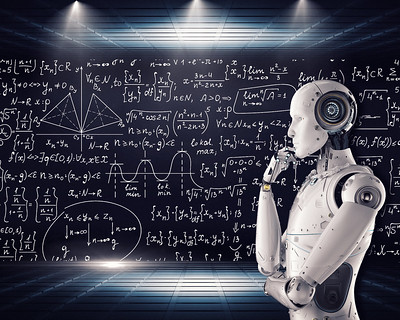According to a recent White House Council of Economic Advisors analysis, artificial intelligence will impact the employment of as much as 10% of the current US workforce. It remains unclear whether and how AI will create and eliminate jobs, but the White House is concerned enough about it to have discussions with industry representatives whose workers AI will most likely affect.
In the report, analysts identified more than a dozen typical work activities that artificial intelligence will likely assume. Then, they mapped the activities to jobs and found that about 20% of workers currently occupy jobs that have a high exposure to AI-friendly tasks. About half of these workers currently occupy jobs that have low performance requirements. AI is most likely to replace these occupations. AI is likely to benefit the other half of the affected jobs, which could make these jobs easier, faster, or safer to perform.
Low skilled workers and those with repetitive tasks are among the people most likely to lose employment. The report identified educational attainment as one of the risk factors for job loss. Workers without high school diplomas and those with less than a bachelor’s degree were at a higher risk of job loss than workers whose jobs were more complex and/or nuanced. Interestingly, only 6% of workers with bachelor’s degrees were at high risk of losing their jobs to AI.
The report identified women as being at specific risk of “displacement” by AI. Additionally, AI was more likely to displace workers in the lowest 30% of earners. The International Monetary Fund (IMF) reported earlier this year that AI could increase income inequality as it consumes relatively low-wage jobs.
Time to get ahead of artificial intelligence is now
A report by Business Insider identified 10 specific jobs that artificial intelligence could negatively affect. They included coders and programmers; media creators; paralegals and legal assistants; market researchers; teachers; financial industry jobs; stock traders; graphic designers; accountants; and customer service agents.
So, the question is, “What is WCC doing about developing academic programs that prepare students for work in jobs that are artificial intelligence resistant?”
Now is the time to develop programs that will help workers cope with the introduction of AI and offer them some degree of futureproofing for their jobs. Rather than stranding a large number of women who are currently employed, WCC could help them develop plans to avoid job loss by learning skills that are AI-resistant. It can also potentially increase their lifetime compensation by equipping them with highly marketable skills.
These student-focused solutions are not likely to fall out of the existing course catalog. They’re going to need to be developed carefully and thoughtfully, with an eye toward a future that’s integrated with AI.
Photo Credit: www.vpnsrus.com, via Flickr



















